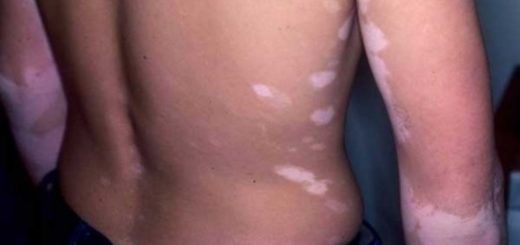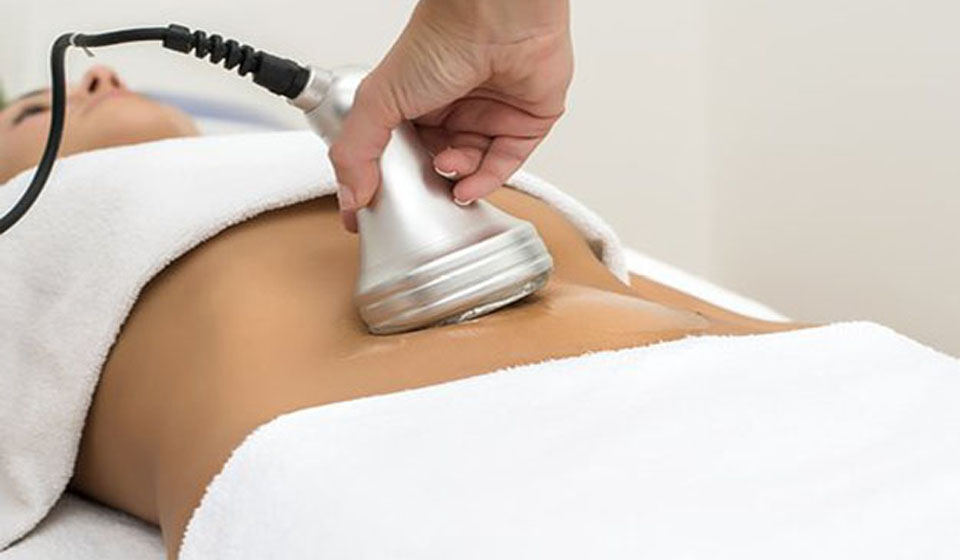Everything you Need to Know About Chemical Peel
A chemical peel is a technique used to improve and smooth the texture of the skin. Chemical peels are intended to remove the outermost layers of the skin. To accomplish this task, the chosen peel solution induces a controlled injury to the skin. Resulting wound healing processes begin to regenerate new tissues and dead skin starts peeling off. The regenerated skin is usually smoother and less wrinkled than the old skin. One of the best ways to rid your skin of acne, hyperpigmentation, scarring, fine lines and wrinkles is a chemical peel.
Some Precautions to be taken While Doing a Chemical Peel

The most important thing is that they’re in experienced and recordable hands. There are a lot of hair salons and spas offering chemical peels, but to know the truth, it would be better to do this type of thing at a medical spa or a dermatologist. Also do a thorough consultation, you may want all your questions answered, and you want to have your dermatologist or esthetician talk about your goals with your skin and what type of peel would be appropriate as well as meet expectations and result.
Precautions to be taken for an acne-prone skin
With acne-prone skin, normally what we recommend is beta hydroxyl acid, and there’s only one, which is salicylic acid. It has certain advantages for oily or acne-prone skin because it reduces inflammation. Because salicylic acid is an acid that’s closely related to aspirin, it contains those aspirin-like properties, so irritation and inflammation are kept to a minimum. The other thing about salicylic acid is that it’s oil soluble, which means it’s a really good peeling agent for acne-prone skin because you’re usually dealing with a lot of oil.
What if someone was looking to rid hyperpigmentation from acne?
This would be a 2 part treatment because if you still have active acne, then we’re going to treat it with salicylic acid. Once the acne clears up, then we treat the scarring with different types of acids. Once your acne clears up, and you’re only dealing with scarring, we’re going to treat you with different type of acids. Primarily, we would use a combination of TCA, which is really good for scarring and we’ll alternate that with a combination of alpha hydroxyl acids that contain retinoic acid. Under the doctors perview, we’re going to treat scarring with a more aggressive approach as long as you don’t have any active acne.
Different Types of Skin

Dry Skin:
With dry skin it is better to go with lactic acid, as it is a alpha hydroxyl acid family. It’s nice because it’s a lot gentler than the rest of the acids, so it’s better for drier skin or sensitive skin. It’s a natural acid, so there’s less of an allergic reaction with it as well.
Dark Skin:
With darker skin, the superficial peel you don’t have to be concerned with. About 90 percent of chemical peels are going to be superficial, so there shouldn’t be any issues with darker skin types. You have to be more concerned with some of the deeper peels, which we normally don’t recommend for darker skin, or it’s more along the lines if we take it slow.
What About receiving a peel on the back or chest?
Certain acids can be transdermal, which means some of it will end up in your bloodstream, so because of that we limit the area we apply the peel. For example, the amount of peel that can be put on someone’s face and neck is your maximum limit, so we would never do your whole back in one treatment. You can do your chest in one treatment, but that wouldn’t mean we would do your face and neck also because it’s too much acid, and your body’s healing time gets compromised when it has a lot to deal with.
Can you explain the different peels that are available?
The number of different peels that are available are almost infinite. There’s lots of different acids and a lot of different combinations of peels, which is nice because it helps customize peels to different skin concerns. The main difference would be superficial peels, which are no downtime peels, and medium-depth peels, which include stronger acids for specific skincare issues and have more peeling time.
What Result will be obtained due to this peel?

This is treated as a series of treatment, for example, if we’re trying to treat acne scarring, we might recommend somewhere between four and six peels done at about a month apart. If we’re treating someone who just has some very light sun damage, we’ll just do or three peels a month apart. If you’re doing a superficial peel, you’re going to have awesome looking skin right away. You won’t have any visible peeling or flaking. After the microscopic skin sheds, you’ll notice a brighter complexion and better texture. For a deeper peel, you should expect a little bit of redness and sometimes you can get a tiny bit of swelling, but it’s usually not aggressive. Usually in about three to four days the skin starts flaking and this last for a week. The skin looks great and continues to improve week after week for about three to four weeks.
Are there any side effects of peeling?
You’re really just looking at whether a patient has an allergy to a particular ingredient, which isn’t common with chemical peels. For instance, if someone is allergic to aspirin, stay away from salicylic acid. Along with that if you use certain ingredients during pregnancy or breastfeedng and that’s anything containing vitamin A or salicylic acid, we’ll stick to lighter peels, including glycolic or lactic acids. With deeper peels, you get increased complications. A lot of time deeper peels are being replaced with laser devices because they’re a little safer regarding complication like scarring, or any type of infection.


